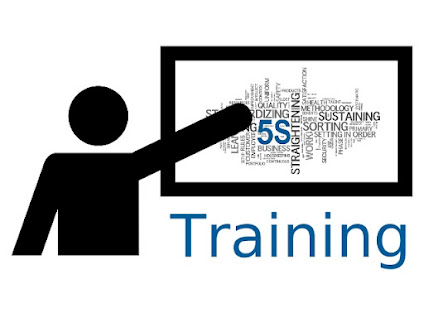Why TPM Training is Vital for Operational Excellence?
In today's competitive business
landscape, operational excellence has become a key differentiator for
organizations looking to stay ahead of the curve. Operational excellence refers
to the continuous improvement of processes, systems, and people to drive efficiency,
reduce costs, and enhance overall performance. And one crucial aspect of
achieving operational excellence is TPM Training.
TPM, or Total Productive Maintenance,
is a holistic approach to equipment maintenance that aims to maximize equipment
effectiveness, eliminate breakdowns, and reduce downtime. It focuses on
involving all employees in the maintenance process, rather than just the
maintenance team, to create a culture of ownership and continuous improvement.
However, to implement TPM successfully, organizations need to invest in
comprehensive TPM Training for their employees at all levels.
Also Read: Basic Statistic Training
Here are a
few reasons why TPM Training is vital for operational excellence:
1) Enhances
Employee Skills and Knowledge: TPM Training equips employees with the necessary
skills and knowledge to identify and resolve equipment issues, conduct
preventive maintenance, and improve overall equipment effectiveness. As a
result, employees become more efficient and effective in their roles, leading
to improved productivity and operational excellence.
2) Promotes
a Culture of Continuous Improvement: TPM Training goes beyond just
teaching maintenance techniques; it also focuses on instilling a culture of
continuous improvement within the organization. By involving all employees in
the maintenance process, TPM Training encourages them to think
critically, identify problems, and come up with innovative solutions to improve
processes continually.
3) Reduces
Downtime and Costs: One of the primary goals of TPM is to eliminate equipment
breakdowns and reduce downtime. By training employees on preventive maintenance
and problem-solving techniques, organizations can significantly reduce
equipment downtime, leading to cost savings and improved operational
efficiency.
4) Improves
Overall Equipment Effectiveness (OEE): TPM Training focuses on improving
the overall equipment effectiveness (OEE) by addressing the six major losses in
equipment performance – breakdowns, setup and adjustment, idling and minor
stoppages, reduced speed, defects, and reduced yield. By addressing these
losses, organizations can significantly improve their OEE and achieve
operational excellence.
5) Creates a
Sense of Ownership: TPM Training involves all employees in
the maintenance process, regardless of their job roles. This creates a sense of
ownership and responsibility for the equipment, leading to better care and
maintenance. When employees take ownership of their work, they are more likely
to be committed to achieving operational excellence.




Comments
Post a Comment